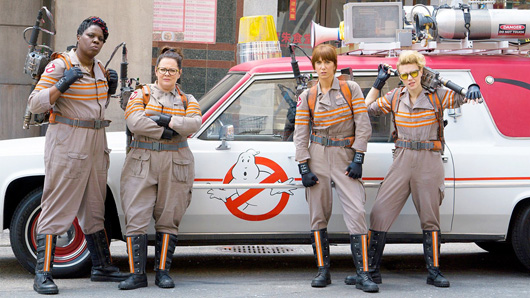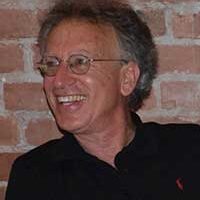
It’s not easy making a sequel. If one is brave, greedy or deluded enough to try, it is almost always a follow-up to a successful film. Who would follow up Heaven’s Gate or Show Girls. Seventh Son was not followed by Eighth Son, nor did Spielberg follow the painful trajectory of 1941 with a 1942! So right away, your sequel will be held up to the standard of a success.
Of course, there may be some residual good feelings that wash over from the original film’s success. But this brings one to a difficult decision: should you stick as closely as possible to the original’s formula. After all, that path is a proven winner. Some folks may like that. Still it’s hard to replicate the freshness or spirit of an original. And others may tire of the format. Lurking in the weeds, as well, are the critics who may savage you for not striking out on a new path, just resting on the superstructure that you’ve already built.
With a film like Ghostbusters, the pitfalls may be even more hazardous. Thirty years has elapsed since the wildly popular hit swept box office charts and won lifetime adherents. Times and even humor have changed. Humor seems to have gotten more explicit and raunchier. Nuance and innuendo have been lost to the graphic. More extreme comedic measures may have to be taken to win over a newer clientele.
Director Paul Feig seemed to be the right guy for the task. He had success withSpy, Bridesmaids and The Heat. All had starred Melissa McCarthy, one of the leads in the new Ghostbusters. Feig excelled in broad, visual humor. He also had crucial experience as a writer and actor.
McCarthy’s Ghostbusting Gangbangers are Kristen Wiig (Knocked Up, Bridesmaids, The Martian); Kate McKinnon (Ted 2, Saturday Night Live) and Leslie Jones (Wrongfully Accused, Saturday Night Live). Of them Wiig seems the closest in spirit to ’84 Ghostbuster Bill Murray. Like Murray, she combines visual comedy with more cerebral, or at least neurotic, humor, second guessing herself, subtexting asides to the audience and leavening the action with what passes for thought. McCarthy does her usual bombastic schtick, successfully beating us as well as the apparitions into humorous submission.
But McKinnon is a more difficult presence. Often she is funny. But all the time she bludgeons every line to death, like the ingénue who can’t distinguish between crescendo and recitative. It works better for killing snakes than delivering dialogue. Anyone who can make McCarthy seem restrained might need to re-think their approach a bit. The latecomer to the quartet, Jones seems energetic and able, though the writers have not done her character any favors.
The inclusion of Chris Hemsworth (Thor, The Avengers) as the beefcake secretary Kevin is a nice role reversal. Hemsworth’s ear and timing provide a nice foil for the women warriors.
The writing, done by Feig and Katy Dipplod, who also appears in cameo, is stronger on comedic set pieces than monster mashing mayhem. Too often the plot is advanced by pyrotechnic pacing. When things slow down, the Ghostbusters grab their gear and start blasting away in quartet.
The effects are engaging, but not as much fun as seeing the women’s own spirited encounters. In presenting four female leads, the film boldly goes where no film has since the classic all female led The Women (1939) and proves that gender notwithstanding, the Ghostbuster crew has provided an entertaining, if a bit uneven, sequel to their predecessor.










